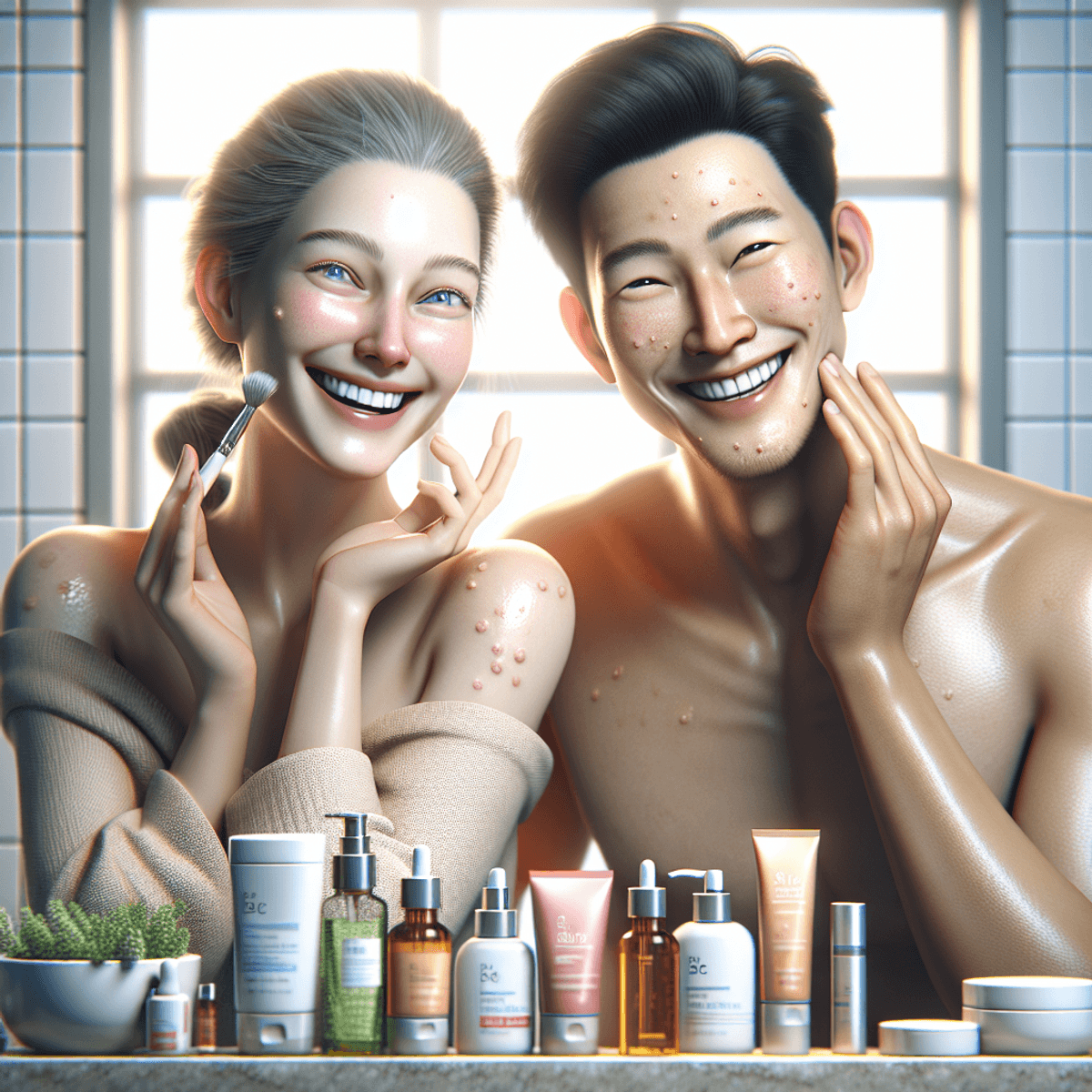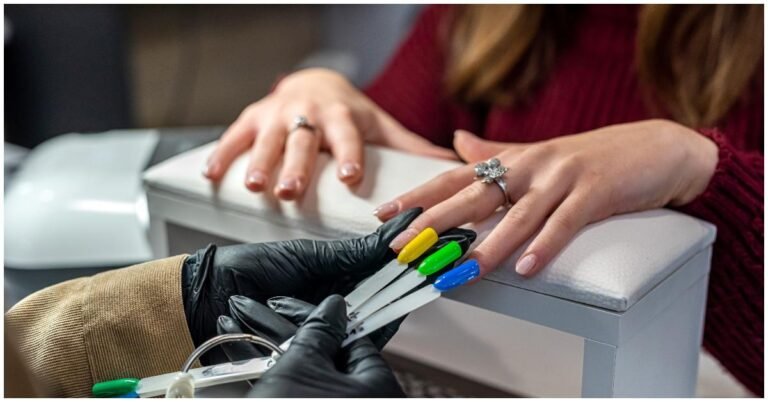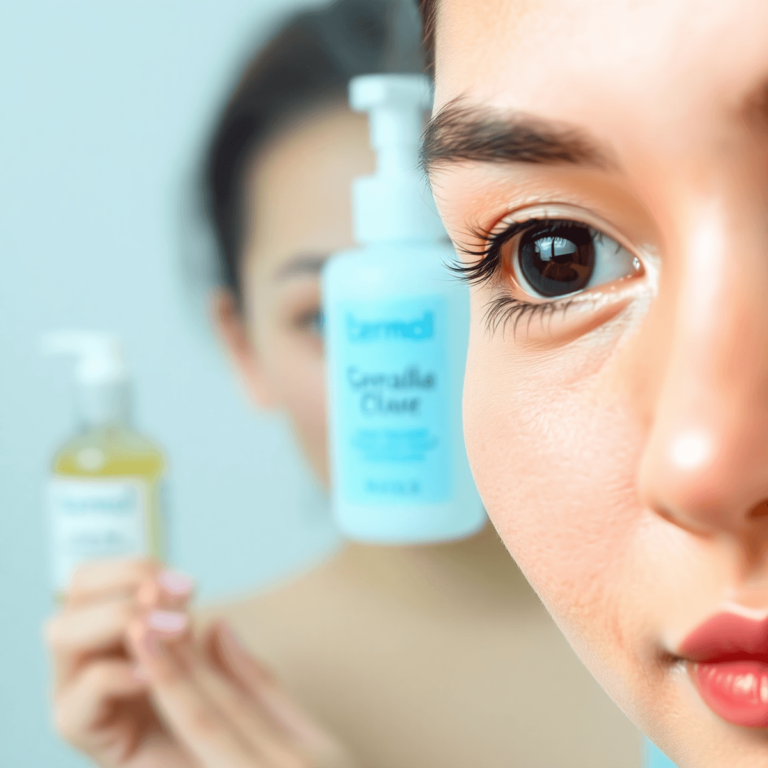How to get rid of acne scars, according to the experts

Introduction
Acne scars are small indentations or discolorations that linger on the skin long after active breakouts have healed. These scars can significantly impact skin health, causing both physical and emotional distress. Understanding how to get rid of acne scars is essential for anyone looking to improve their complexion and boost their self-esteem.
Key Takeaways:
- Expert-Recommended Methods: Effective treatments include topical solutions, professional procedures, and at-home remedies.
- Topical Treatments: Over-the-counter options help manage both active breakouts and existing scars.
- Professional Procedures: Dermatologists offer advanced treatments for severe scarring.
- At-Home Solutions: Simple practices can maintain skin health and enhance professional treatment results.
What We Will Discuss:
- Understanding Acne Scars: Definitions, types, and causes.
- Expert-Recommended Strategies for Treating Acne Scars:
- Topical Treatments
- Professional Treatment Options
- Innovative Technologies in Acne Scar Treatment: Emerging technologies and their benefits.
- The Role of Sun Protection in Acne Scar Management: Why sun protection is crucial for scar prevention and care.
By exploring these topics, you’ll learn how to effectively manage and reduce acne scars. Whether you’re dealing with mild discoloration or deep indentations, expert advice can guide you towards healthier, clearer skin.
Understanding Acne Scars
Acne scars are the result of skin damage during the inflammatory healing process of acne lesions. When a pimple bursts and the skin attempts to repair itself, it can leave behind indentations or discolorations that become permanent if not treated.
Types of Acne Scars
Different types of acne scars vary in appearance and depth:
- Ice-Pick Scars: Narrow, deep scars that resemble tiny punctures.
- Boxcar Scars: Shallow with sharp edges, creating a pitted look.
- Rolling Scars: Shallow with smooth edges, giving the skin a wavy texture.
Causes of Acne Scarring
The formation of acne scars is influenced by several factors:
- Skin Damage: Damage occurs when an inflamed pore swells, causing a break in the follicle wall. The deeper the break, the more severe the scar.
- Inflammatory Healing Process: As the body tries to repair the damage, new collagen fibers are produced. However, this process can be imperfect, leading to raised or depressed scars.
Acne scarring can be worsened by:
- Excess oil production
- Bacterial infections
- Delayed or inadequate treatment of active acne
Understanding these factors helps in finding effective methods for how to get rid of acne scars and how to remove pimples overnight. Managing active breakouts is crucial before addressing scar treatment.
Expert-Recommended Strategies for Treating Acne Scars
Topical Treatments for Acne Scars
Effective over-the-counter (OTC) options can make a significant difference in treating both active breakouts and existing scars. Understanding what each product does and how it benefits your skin is essential.
Salicylic Acid:
- Function: Unclogs pores and reduces inflammation.
- Benefits: Particularly effective for oily and acne-prone skin, salicylic acid helps prevent future breakouts while minimizing the appearance of scars.
Retinol:
- Function: Promotes cell turnover and collagen production.
- Benefits: Retinol is a powerful ingredient that improves skin texture, smooths fine lines, and fades hyperpigmentation over time. Popular in anti-aging products, it’s also beneficial for reducing acne scars.
Vitamin C Serums:
- Function: Brightens skin tone and reduces hyperpigmentation.
- Benefits: Antioxidant properties help repair damaged skin and even out discoloration. Vitamin C serums are often recommended for their ability to lighten dark spots caused by acne scars.
Alpha-Hydroxy Acids (AHAs):
- Function: Exfoliates the top layer of skin to reveal fresher skin beneath.
- Benefits: AHAs like glycolic acid can improve overall skin texture and reduce scar visibility by promoting healthier skin growth.
Beta-Hydroxy Acids (BHAs):
- Function: Penetrates deeper into the pores to clear out blockages.
- Benefits: BHAs like salicylic acid are particularly useful for managing active acne while also addressing scarring.
Niacinamide (Vitamin B3):
- Function: Reduces inflammation, redness, and hyperpigmentation.
- Benefits: Niacinamide helps improve the skin barrier function and can be particularly soothing for sensitive skin types dealing with acne scars.
Combining these topical treatments within your skincare routine can offer an effective strategy for managing both active acne treatment and scar prevention. Here’s how you might structure such a routine:
- Cleanser: Use a gentle cleanser containing salicylic acid to remove dirt, oil, and makeup without stripping your skin.
- Exfoliant: Apply an AHA or BHA exfoliant 2-3 times per week to encourage cell turnover.
- Serum: Incorporate a vitamin C serum in the morning to protect against free radicals and brighten your complexion.
- Retinol: Use retinol at night to accelerate skin renewal processes.
- Moisturizer: Opt for a non-comedogenic moisturizer to keep your skin hydrated without clogging pores.
- Sun Protection: Apply sunscreen daily to prevent further darkening of scars from UV exposure.
Maintaining consistency with these treatments not only addresses the question of how to get rid of acne scars according to the experts, but also supports overall better skin health.
Professional Treatment Options for Acne Scars
When over-the-counter solutions aren’t enough, professional treatments offer more intensive options for addressing severe scarring. Dermatologists recommend several in-office procedures to effectively reduce the appearance of acne scars:
- Microneedling: This treatment involves puncturing the skin with fine needles to stimulate collagen production, improving skin texture and firmness.
- Laser Therapy: Laser treatments such as fractional CO2 laser can target both tone and texture issues, promoting smoother and more even skin.
- Chemical Peels: Stronger than at-home versions, these peels use acids like trichloroacetic acid (TCA) to deeply exfoliate and rejuvenate the skin.
- Photodynamic Therapy (PDT): Combining a photosensitizing drug with a specific type of light, PDT reduces inflammation and can improve the overall appearance of acne scars.
These professional treatments are often combined with an effective skincare routine focused on active acne treatment to prevent future scarring.
New Technologies in Acne Scar Treatment
Emerging technologies in dermatology for acne scars offer promising advancements. These innovations focus on enhancing the efficacy of treatments and minimizing recovery time.
Radiofrequency Microneedling
Radiofrequency microneedling combines traditional microneedling with radiofrequency energy to stimulate deeper layers of the skin. This dual-action approach promotes collagen production, improving skin texture and reducing scar visibility.
Platelet-Rich Plasma (PRP) Therapy
PRP therapy uses your own blood’s platelets to accelerate healing. When applied after microneedling or laser treatments, PRP can enhance results by boosting collagen production and tissue regeneration.
Fractional Laser Resurfacing
Fractional lasers create micro-injuries in the skin, targeting damaged areas while leaving surrounding tissue intact. This stimulates natural healing processes, leading to smoother skin and reduced scarring. Newer fractional lasers allow precise control over treatment depth and intensity.
Cryolipolysis
Cryolipolysis, traditionally used for fat reduction, is now being explored for acne scars. By applying controlled cooling to scarred areas, this method may reduce the appearance of scars without invasive procedures.
LED Light Therapy
LED light therapy utilizes different wavelengths of light to target acne scars. Blue light reduces bacteria, red light promotes healing, and infrared light penetrates deeper layers to stimulate collagen production. This non-invasive treatment is gaining popularity due to its minimal side effects.
These cutting-edge treatments represent significant strides in acne scar management, offering new hope for those dealing with persistent scarring.
The Role of Sun Protection in Managing Acne Scars
Sun exposure can significantly worsen the appearance of acne scars. UV rays cause hyperpigmentation, making scars darker and more noticeable. This is especially true for individuals with darker skin tones, who are more prone to developing brown marks due to sun exposure.
Key Recommendations for Daily Sun Protection:
- Use Broad-Spectrum Sunscreen: Opt for a broad-spectrum sunscreen with an SPF of at least 30. This protects against both UVA and UVB rays, which contribute to skin damage and pigmentation.
- Non-Comedogenic Formulas: Choose sunscreens labeled as non-comedogenic to avoid clogging pores and triggering new acne breakouts.
- Daily Application: Apply sunscreen every morning as the final step in your skincare routine. Reapply every two hours if you are outdoors or sweating.
- Supplementary Protection: Incorporate wearing hats, sunglasses, and seeking shade during peak sunlight hours (10 AM to 4 PM) to minimize direct sun exposure.
Experts emphasize that consistent sun protection is vital in any acne scar treatment regimen. Without it, other treatments might not yield desired results as sun exposure can counteract their benefits.
Effective Sunscreen Usage for Acne Scars:
- Ensure even coverage over all exposed areas.
- Use a generous amount—most people apply too little.
- Combine with other protective measures like antioxidants in your skincare routine.
By incorporating these practices, you can help prevent further darkening and promote the healing of existing scars, aligning with expert strategies on how to get rid of acne scars effectively.
FAQs (Frequently Asked Questions)
What are acne scars and how do they form?
Acne scars are marks left on the skin after acne lesions heal. They form due to skin damage and the inflammatory healing process, which can lead to different types of scars such as ice-pick, boxcar, and rolling scars.
What expert-recommended methods are available for treating acne scars?
Experts recommend a combination of topical treatments, professional procedures like microneedling or laser therapy, and at-home solutions to effectively treat both acne scars and active breakouts.
What topical treatments are effective for acne scars?
Effective over-the-counter options for treating acne scars include products containing ingredients like salicylic acid, benzoyl peroxide, and retinoids. These can help reduce both active breakouts and existing scars.
What professional treatments are available for severe acne scarring?
For severe scarring, dermatological procedures such as microneedling, laser therapy, chemical peels, and photodynamic therapy are recommended. These treatments can significantly improve the appearance of acne scars.
How does sun exposure affect acne scars?
Sun exposure can worsen the appearance of existing acne scars by causing hyperpigmentation. Therefore, daily sun protection through the use of sunscreen is crucial in managing and preventing further damage to scarred skin.
Can I remove pimples overnight?
While completely removing pimples overnight may not be possible, there are natural remedies and topical treatments that can help reduce their size and redness quickly. Consistent skincare routines also play a vital role in managing breakouts effectively.










